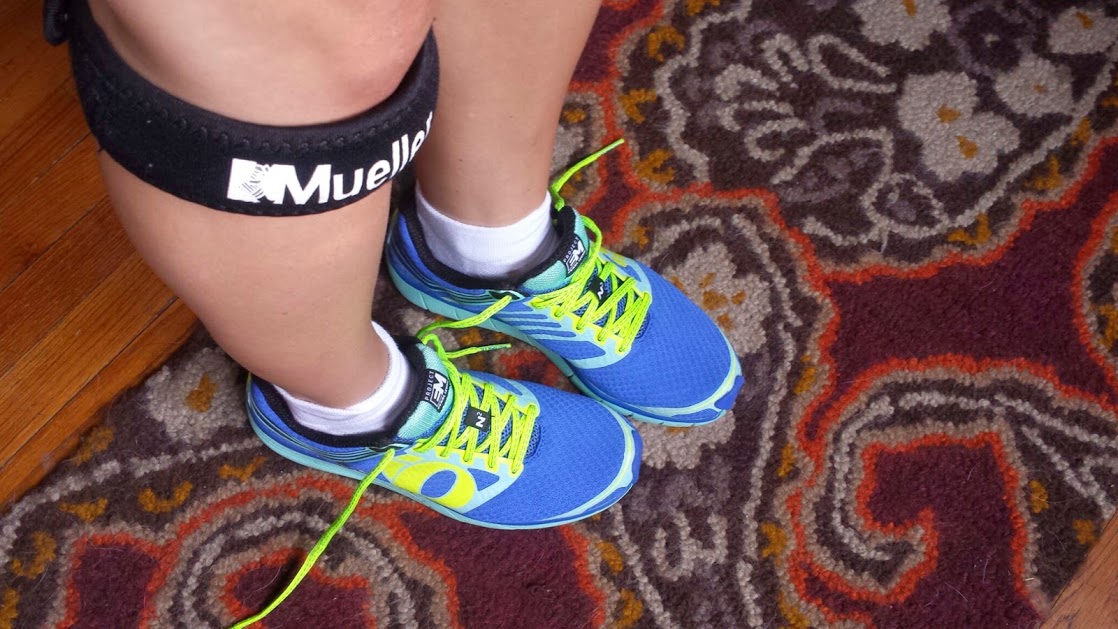For the last few years I’ve been running almost exclusively in Nike Frees. Specifically, these Nike Frees:

I’m recovering okay after my knee surgery last September, but I really haven’t gotten to 100%. I’m hovering around 80-90%. Plus, my ankle (the one I broke when I was young) is giving me more and more problems. So, I decided to try a different shoe and move away from the minimalist thing. While I love the lightweight and freedom of the Frees, it might not be giving me the support I need for my broken and uneven body.
I went to the running store (The Salt Lake Running Company) and did a biomechanical assessment. They basically recorded my feet while I ran on a treadmill then watched it back in slow motion. Turns out my stride is pretty neutral, but I have a slight pronation on my right side (makes sense: that’s my bad knee/ bad ankle/ opposite spinal curve side).
With that new knowledge, I’m trying out a pair of Pearl iZumi E:Motion N2 road runners. They are about as close to zero-drop you can get without actually being zero-drop shoes. They are slightly cushioned in the middle, yet fairly lightweight.

I love these shoes. So far, I’ve done around 100 miles in them, and my ankle pain has improved considerably. The knee pain has also gotten better, but that’s been getting better, so I’m not sure I can attribute it to these shoes.
My feet swell a lot when I run (as do my fingers; I’m shocked to see how differently my engagement ring fits when I’m running), so I usually buy 1/2 size bigger than my usual size. My feet only slide around for the first little bit, then viola! It’s all good.
As for my back…well. I’m due for another injection soon, but it does seem to have gotten better with these shoes. I think it says a lot about how the body is connected. Better support for my body below means less pain above.
I’ll keep you posted as I continue training for the half-marathon coming up in October.




What do you think?